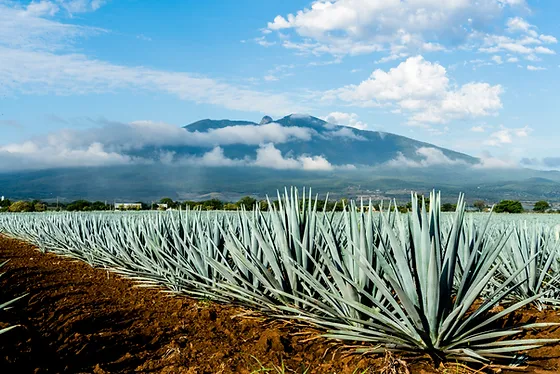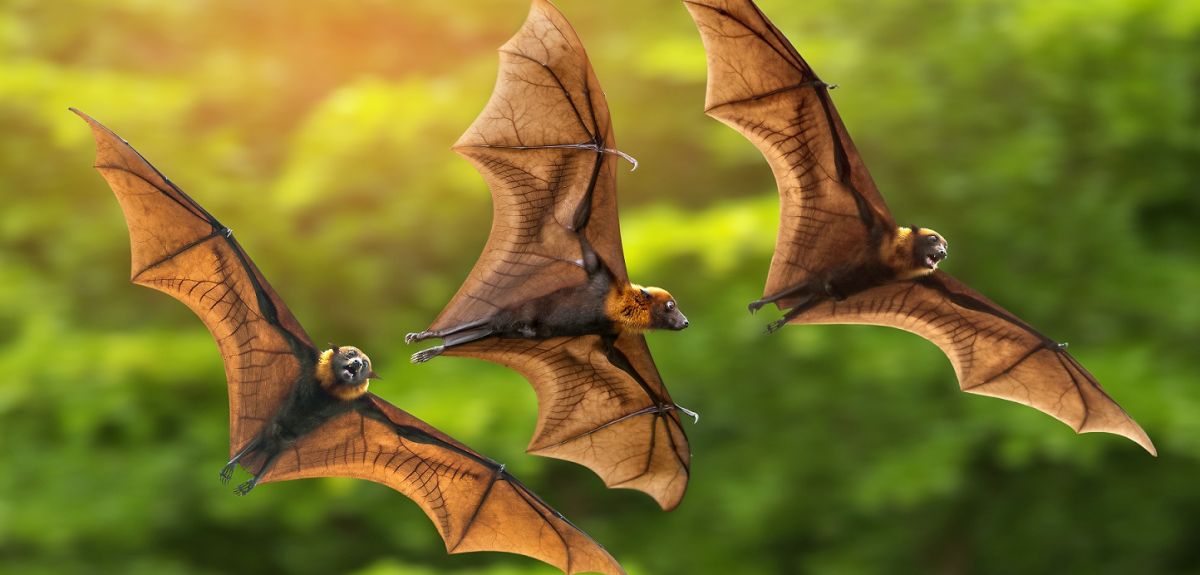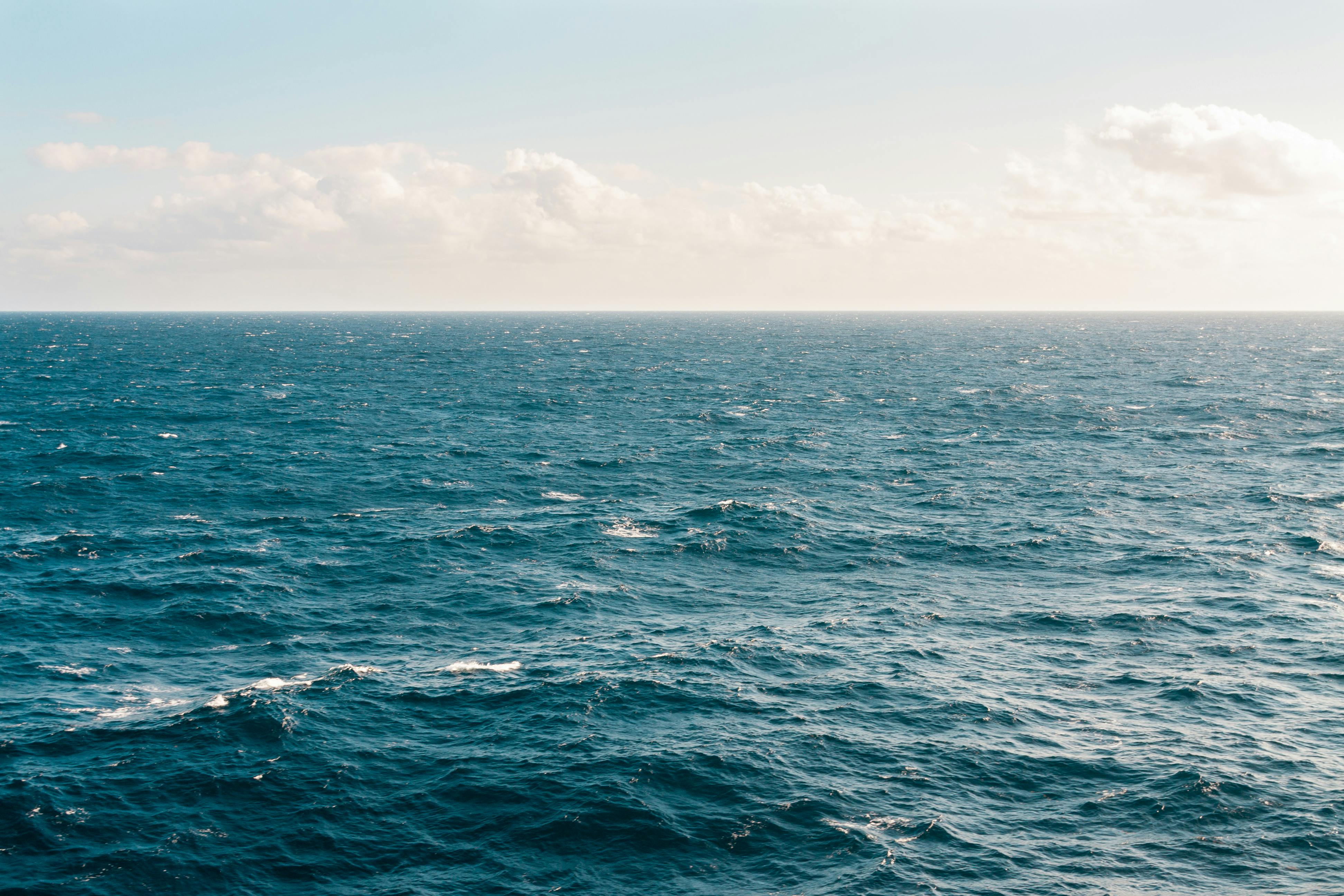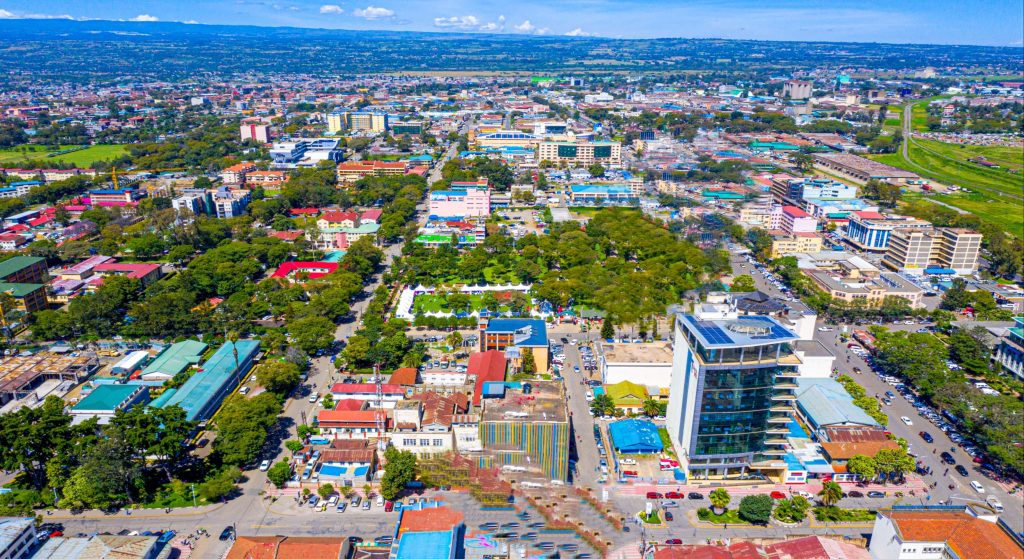- The process of crafting tequila heavily relies on the blue agave plant, a crop which primarily depends on bats to reproduce.
- A practical approach would involve combining educational resources with financial incentives, therefore striking a footing that benefits the bats while ensuring the long-term feasibility of the blue agave plant.
The process of crafting tequila heavily relies on the blue agave plant, a crop which primarily depends on bats to reproduce. The ever-enhancing characteristics of these nocturnal marvels have facilitated increased agave prosperity over the years.
However, this mutual input has been jeopardized by human invasion and climate change, forcing an unfathomable adaptation that is proving apocalyptic for bats. The International Union for the Conservation of Nature (IUCN) confirmed that more than 200 bat species are considered either critically endangered, endangered, or vulnerable.
The blue agave plant has not been spared the wrath, as the efforts to quench the growing thirst for tequila production have claimed the crop’s capability for genetic diversity. There has been application of intensive cultivation that has occasioned negligence to the plant’s sexual reproduction demands.

Read More
This genetic erosion is bad for business as it dims the future of the agave plant, a situation that propels the elimination of the crucial diet for bats.
Bat numbers are reducing, courtesy of human activities such as, deforestation, mining, and irresponsible tourism, therefore reducing their effectiveness in pest control and pollination.
These flying mammals carve a significant mark on the ecosystem as their high taste for insects adds onto pest control, they extend their gratitude by reducing the spread of diseases like West Nile virus, and their long lifespan provides them with ample time to showcase their significance to the environment and human beings.
This calls for a collective effort by the tequila industry, consumers, policymakers and conservation groups to look at the bigger picture, which involves saving every contributor to this profitable beverage industry.
A practical approach would involve combining educational resources with financial incentives, therefore striking a footing that benefits the bats while ensuring the long-term feasibility of the blue agave plant.







